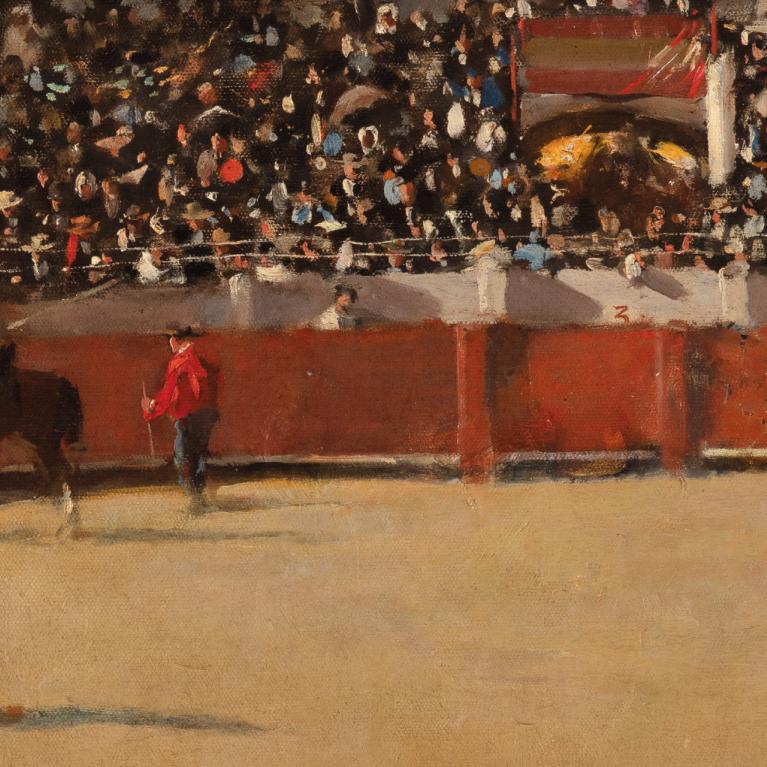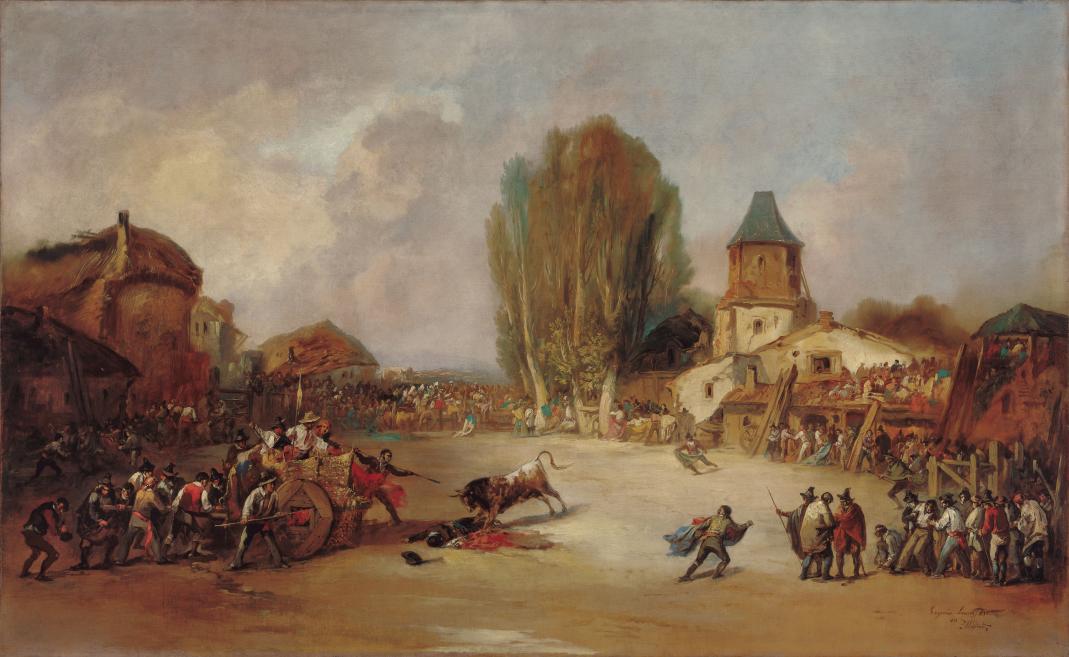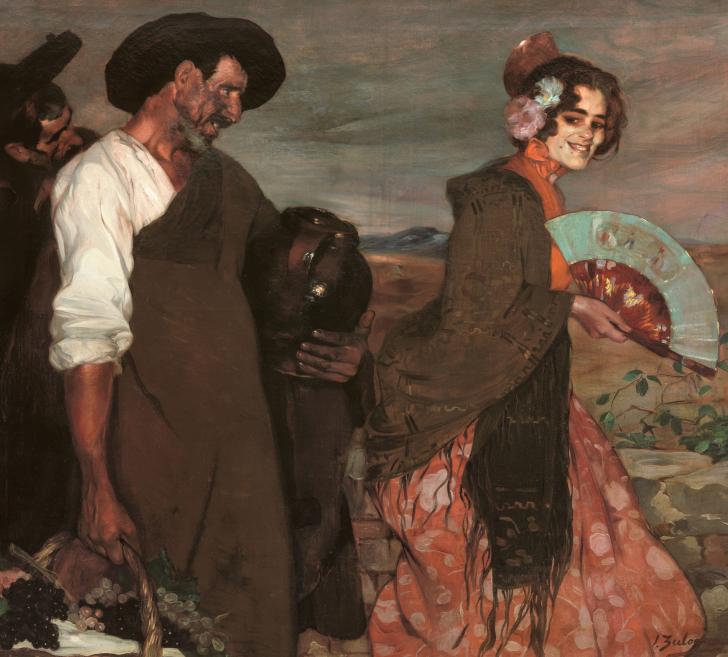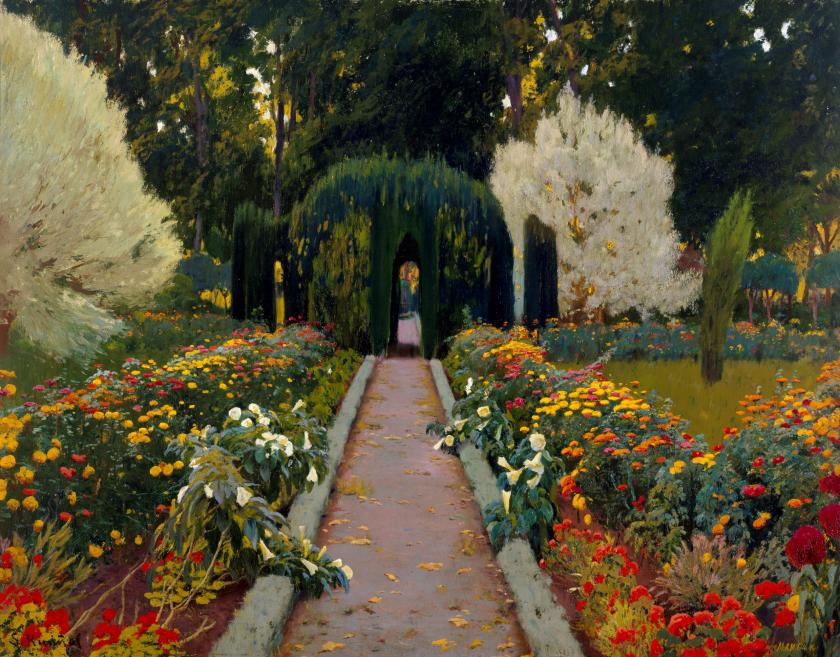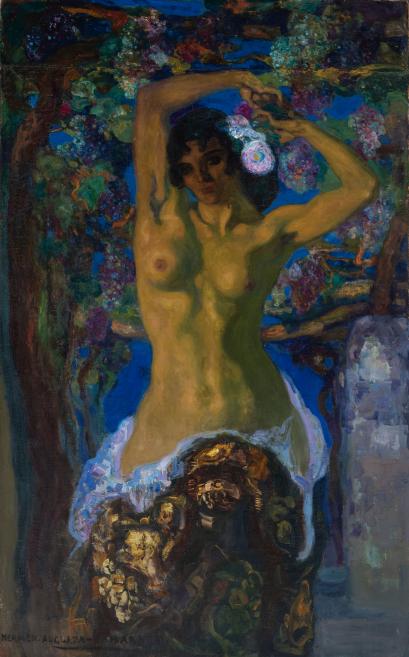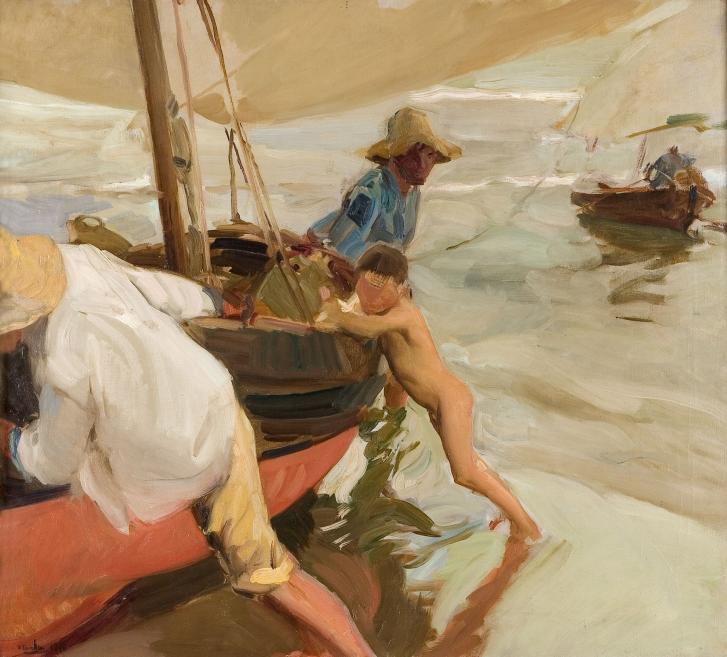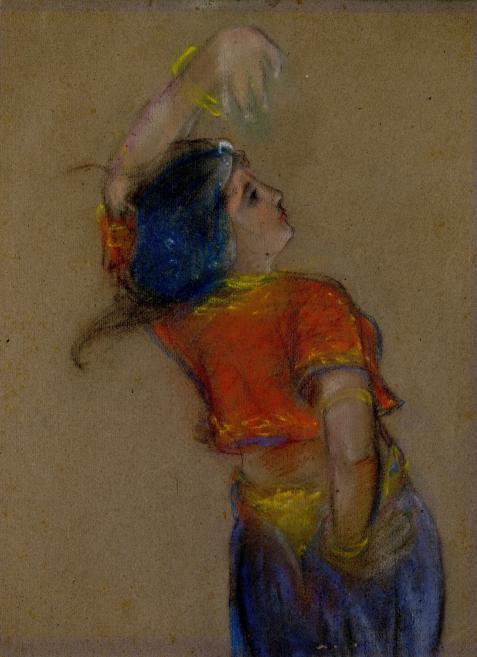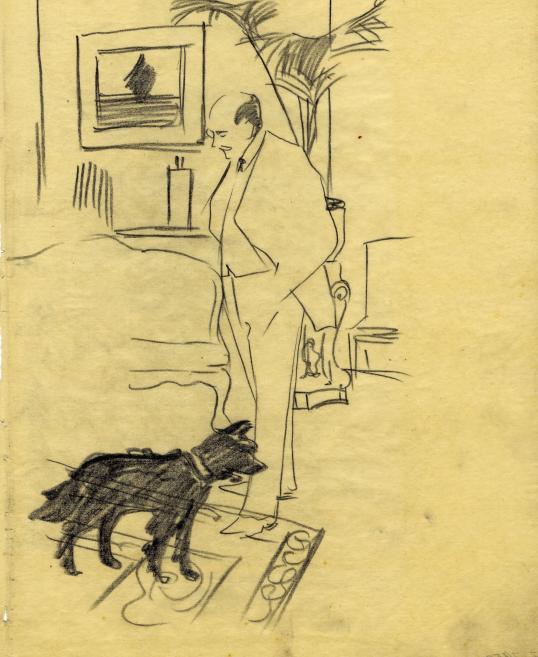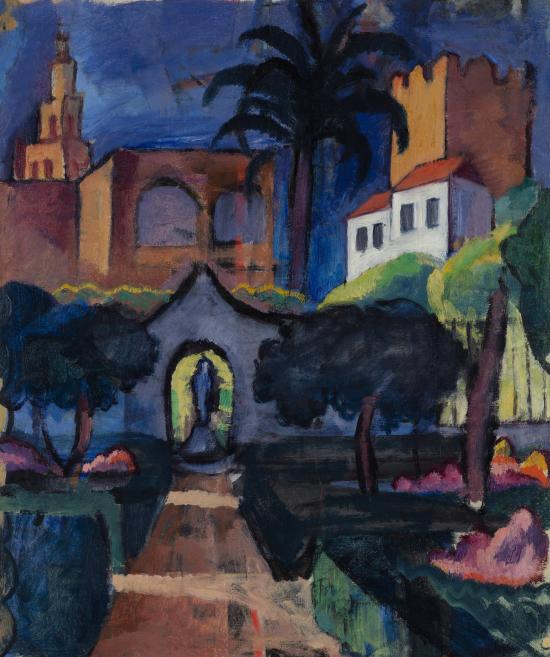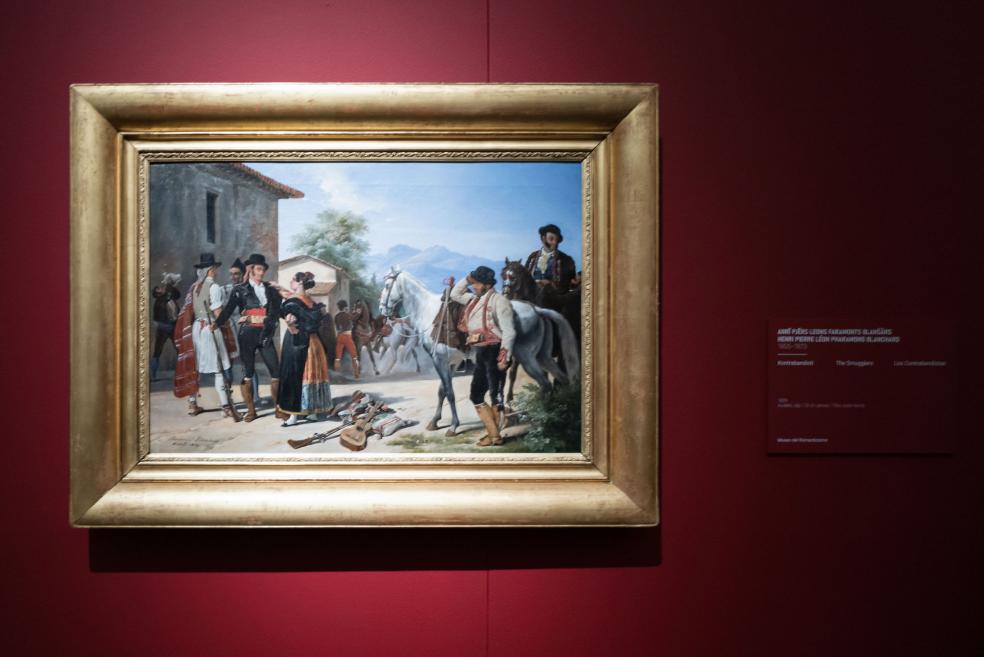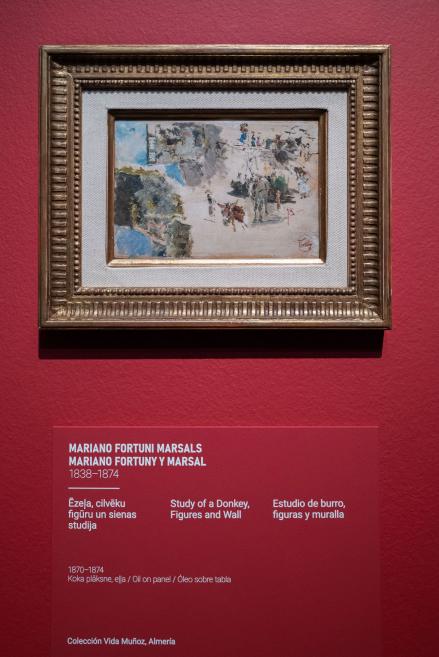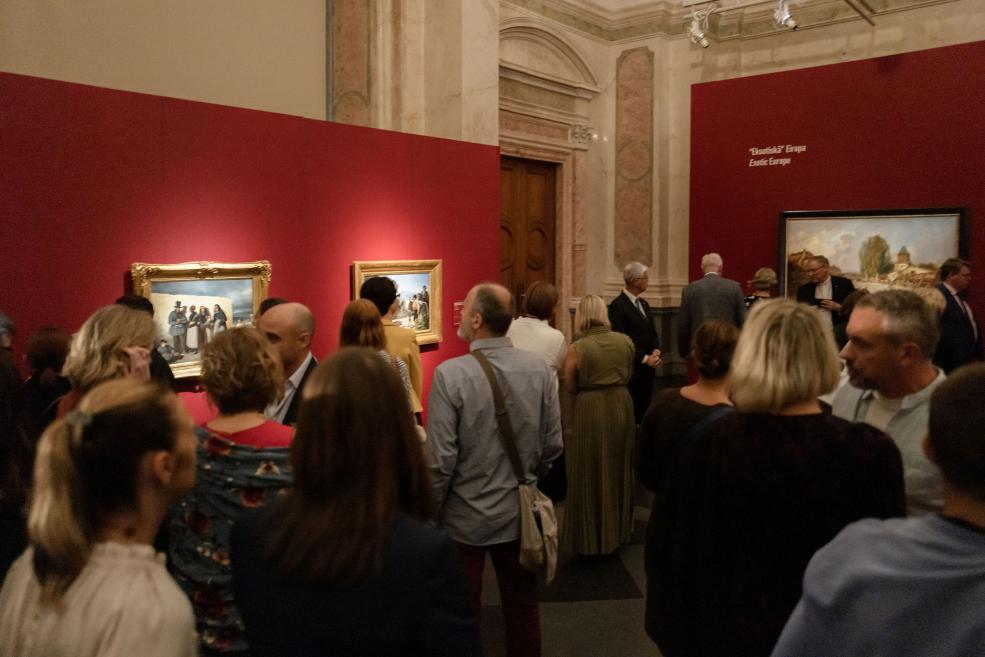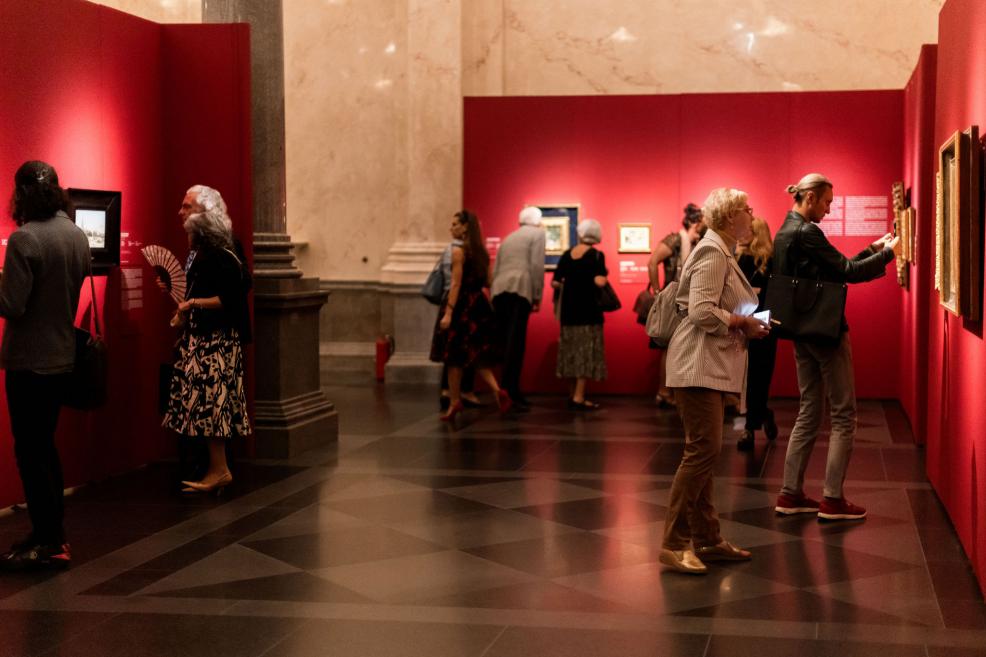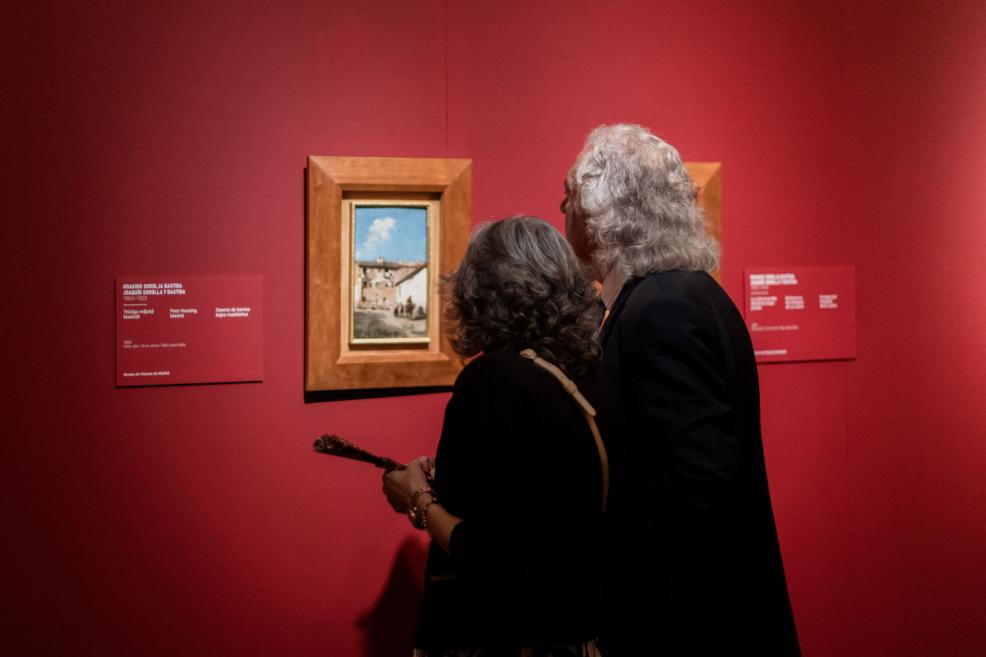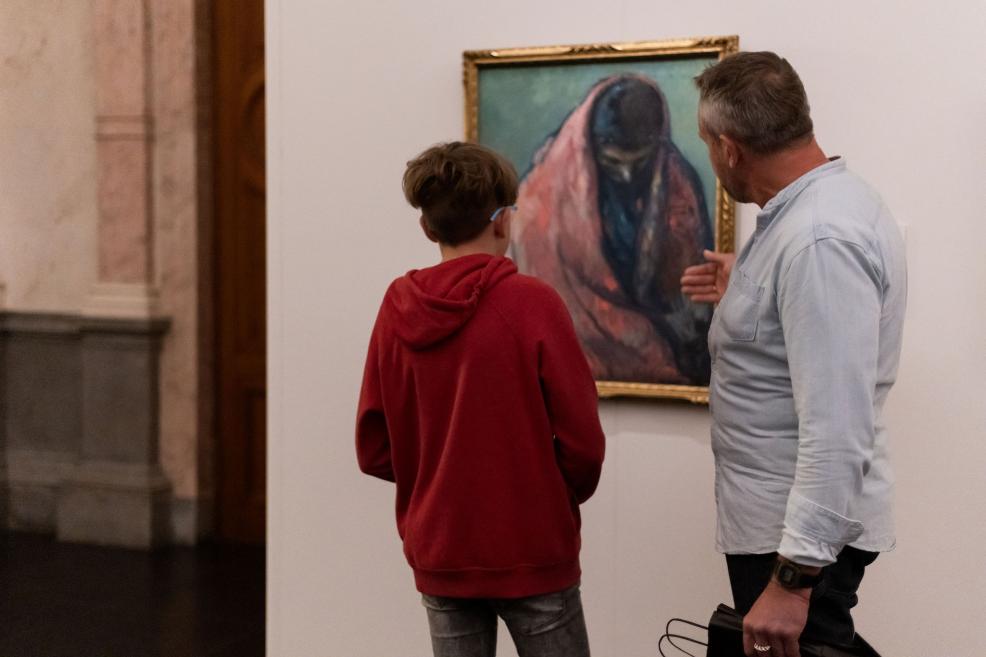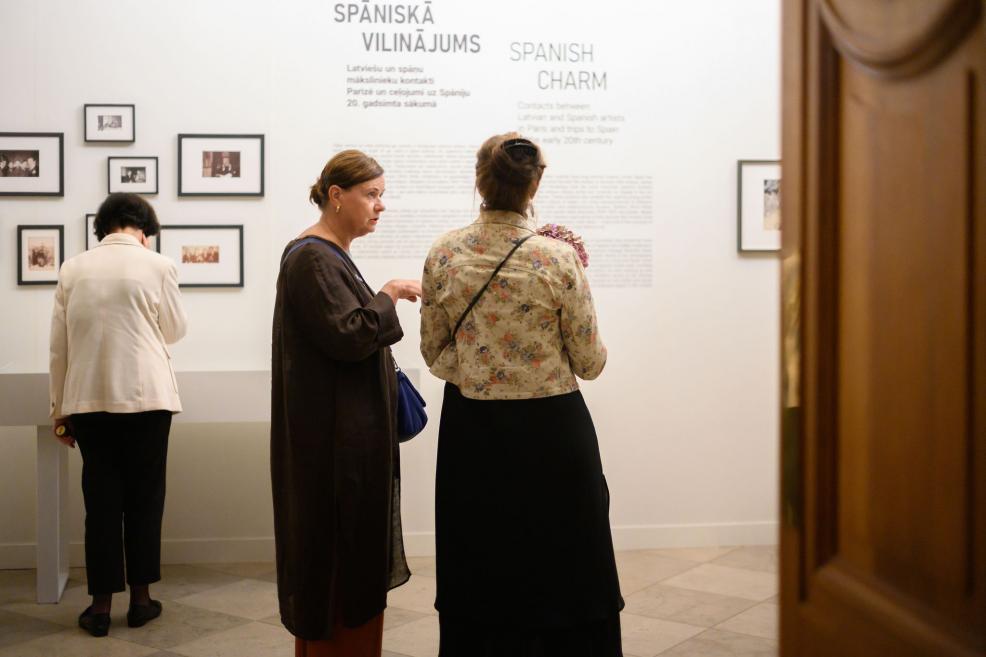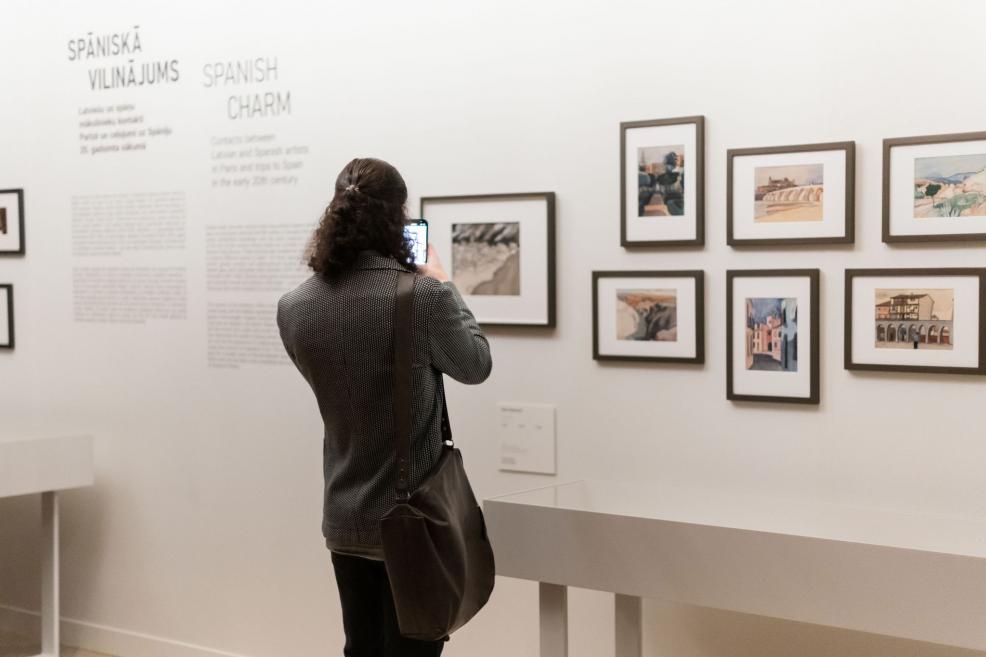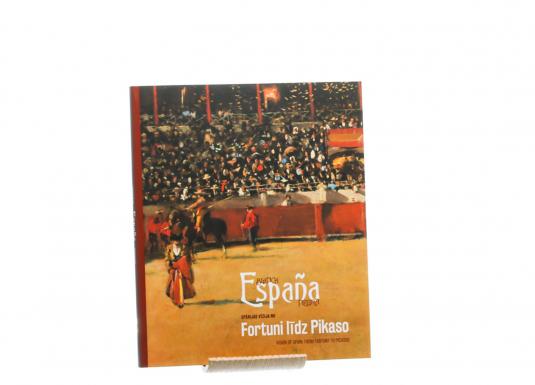España Blanca y Negra: Vision of Spain from Fortuny to Picasso
From 14 September to 15 December 2024, the Art Museum RIGA BOURSE in Riga (Doma laukums 6) invites to visit an exhibition España Blanca y Negra: Vision of Spain from Fortuny to Picasso.
In Spanish art, questions regarding the Spanish identity and the creation of a national image began to arise in the 19th century. As the country underwent modernisation, the two opposing approaches to conveying the image of Spain collided: the idea of a bright and buoyant white Spain and the idea of a dark and grave black Spain that drew on the deepest layers of the cultural heritage. Between and alongside these two opposites, Catalan modernist painting began to flourish at the turn of the 19th–20th centuries, combining the picturesqueness and colour sensitivity of white Spain and the intellectuality of black Spain.
Spanish landscape painting was triggered by the interest of foreigners in the country’s folklore, exotic nature and architecture in the 19th century. These often simplistic and superficial pictures were created by English, German and Netherlandish artists who had travelled around Spain. However, such masters as Mariano Fortuny (1838–1874), Martín Rico y Ortega (1833–1908) and Eugenio Lucas Velázquez (1817–1879) led the way in establishing a strong Spanish school of landscape painting, which then played a significant role in the overall development of culture. The grand master of white Spain and one of the brightest virtuosos of Spanish landscape painting was Joaquín Sorolla (1863–1923). His greatest rival from the opposing black Spain camp was Ignacio Zuloaga (1870–1945). Other influential ideologues and masters of the latter movement were Darío de Regoyos (1857–1913) and José Gutiérrez Solana (1886–1945).
Ramon Casas (1866–1932) and Santiago Rusiñol (1861–1931) were among the first modernist Catalan painters who became known in Spain and all over Europe at the end of the 19th century, followed by the symbolistic and elegant Hermenegildo Anglada Camarasa (Hermen, 1871–1959), the pessimistic Isidre Nonell (1872–1911), who depicted the darker sides of human existence, and the sensitive colourist Joaquim Mir (1849–1914), whose compositions and painting manner were free and unconventional. The traditions of the Spanish school of painting and the modernist art of Barcelona served as fertile soil for the growth of totally new art, the best representative of which was Pablo Picasso (1881–1973).
The exhibition was created in collaboration with the Kadriorg Art Museum (Art Museum of Estonia). Artworks from 15 Spanish museums and private collections are displayed here: Museo Nacional Centro de Arte Reina Sofía, Museu Nacional d’Art de Catalunya, Museo de Historia de Madrid, Museo del Romanticismo, Museo de Bellas Artes de Bilbao, Museo de Segovia, Colección Carmen Thyssen-Bornemisza, El Conventet collection, Vida Muñoz collection, Junta de Castilla y León Almería, Casacuberta Marsans collection, Arthispania collection, Armengol-Junyent collection, and others.
The exhibition is complemented by the research of the three Latvian artists’ – Gustavs Šķilters (1874–1954), Kārlis Brencēns (1879–1951) and Jāzeps Grosvalds (1891–1920) – connections with Spanish artists at the beginning of the 20th century, including those whose paintings are displayed in the exposition, and their travels to Spain. Works of art, photos, documents from the collection of the Latvian National Museum of Art and other collections of memory institutions and private collections form a separate story about friendship between Latvian and Spanish artists in Paris and the impressions of Latvians when they traveled to different regions of Spain.


